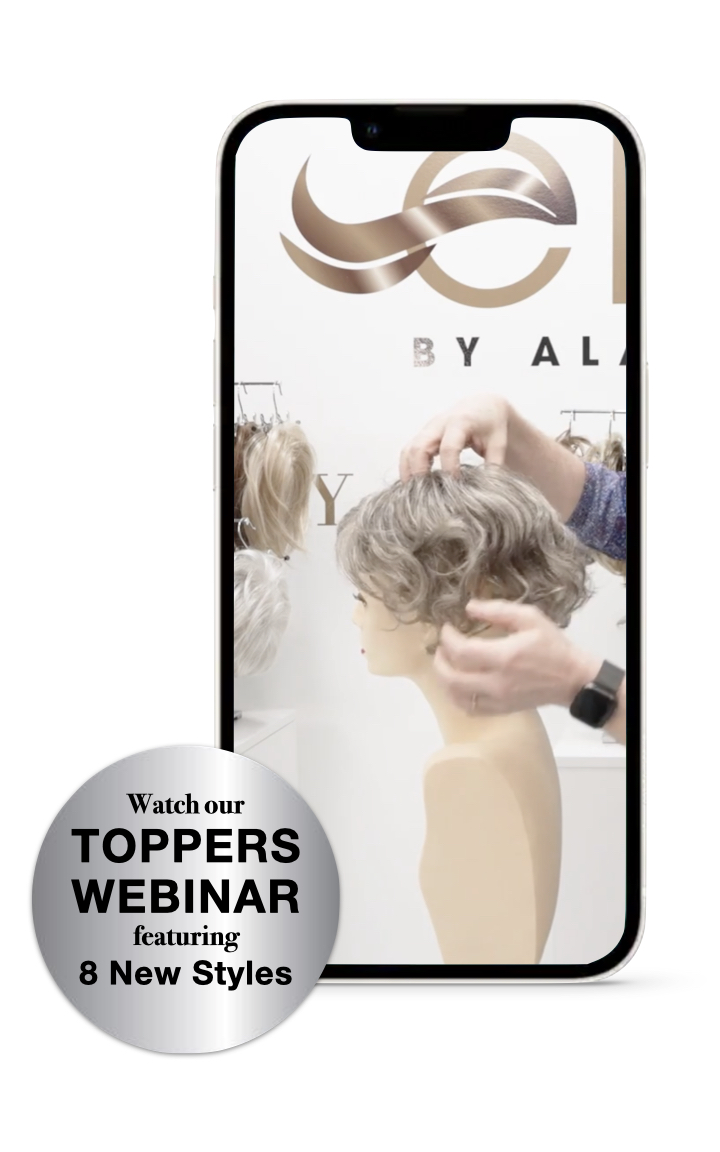Wigs, hairpieces, extensions…the faux hair industry has experienced quite a resurgence in the last several years. There’s hardly a celebrity out there who hasn’t sported a wig at least once in their career or personal life, and more of us common folk have glommed on to the trend, as well. They’re just so convenient, and present an effortless way to switch up your style at a moment’s notice. But how much do you know about this quintessential staple of your wardrobe? The next time someone compliments you on your perfectly styled ‘do, leave them more informed by trotting out one of these fun wig facts:
- Queen Elizabeth I was certainly a fan of wigs…she owned 150 individual pieces!
- The use of wigs can be traced back to ancient times. In fact, ancient Egyptians wore wigs out of necessity to protect their shaved heads from insects and the blazing sun.
- In past centuries, wigs were actually more popular with men than women. King Louis XIV of France was responsible for a huge surge in hairpiece popularity in the 1600s—several other European monarchs and aristocrats soon followed suit.
- Also in King Louis XIV’s time, the bigger the wig, the better. Wigs became a status symbol as only the upper class could afford them—hence the term “bigwig.”
- Postmodern pop artist Andy Warhol, famous for his depictions of Campbell soup cans, was also known for his trademark white “fright” wigs. One of these notorious wigs sold at auction for an astonishing $10,800.
- The second Lord of the Rings film, “The Two Towers,” had an enormous amount of armour, arrows, bows, and costumes made. But did you know it also had the most wigs ever created for a single movie?
- The word “wig” derives from the French word “perruque,” which was eventually anglicized as “periwig.” This now archaic term was abandoned in the mid-1600s as more people began to shorten the word for the popular hairpiece.
- In 1765, wig makers approached King George III with a petition demanding a law be created to ensure certain professions always required wigs to be worn. The king denied this petition, but tradition persisted. To this day, British judges and barristers wear wigs as a sign of respect for the offices they serve.
- Wigs were certainly in style in Mozart’s day, but he had another reason to wear his fashionably fake coiff. Those low curls actually concealed a deformity in his left ear.
- Sourcing human hair to make wigs can be an incredibly lucrative business. Especially if you have long, blonde hair…. A woman from Indiana was once paid $1500 for her golden strands! (And the final wig was sold for a hefty $8000.)
Have these juicy little tidbits left you craving a new style? Visit your local Envy Wigs retailer to try on your next “periwig!” And feel free to wow your stylist with all the wiggy knowledge you’ve just gleaned.





